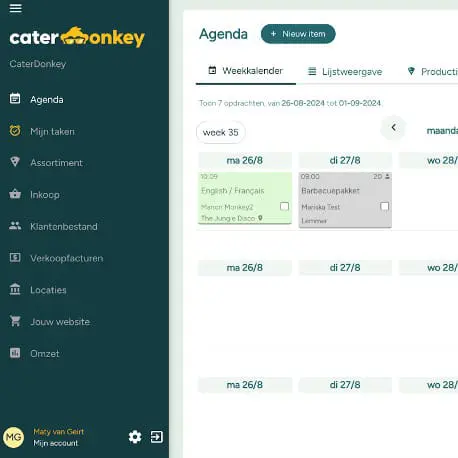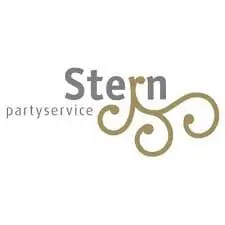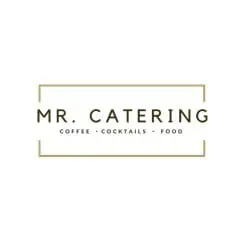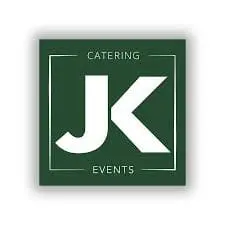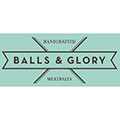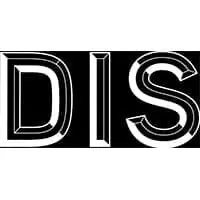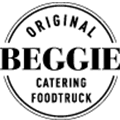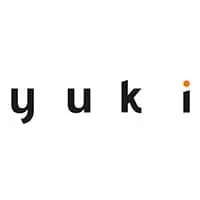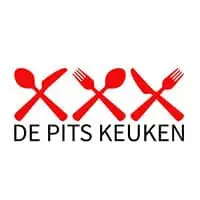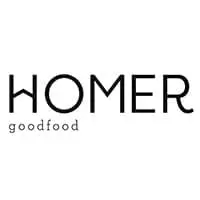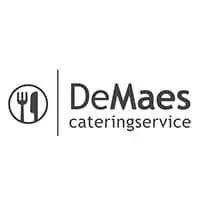The best pricing strategy for small catering companies combines cost-conscious calculations with smart competition analysis and flexible adjustments per event type. You need to calculate your cost price accurately, apply a healthy profit margin of 20-35%, and apply different pricing strategies depending on the type of event. Regular evaluation and adjustment of your prices ensures long-term success.

What constitutes a good pricing strategy for catering companies?
An effective pricing strategy for catering companies balances three pillars: your actual costs, the market prices of competitors, and the value your customers experience. This balance determines whether your company remains profitable and can grow.
Your pricing strategy starts with understanding your total cost structure. This includes not only ingredients, but also staff costs, transport, materials and overheads. You also need to know what competitors charge for similar services.
The value you offer plays a major role in what customers are willing to pay. Consider your service level, presentation, flexibility and reliability. These factors often justify higher prices than the cheapest competitor.
A good pricing strategy is also flexible. Weddings, business lunches and private parties require different approaches. You need to be able to switch between package prices and à la carte options, depending on what works best for each type of event.
How do you calculate the correct cost price for your catering services?
Cost calculation forms the basis of your pricing strategy. Start by accurately tracking all direct costs per dish or menu. This means not only the ingredients, but also the actual quantities you use.
Calculate your personnel costs per hour, including social security contributions. Add to this the time needed for preparation, service and tidying up. Many caterers forget to include travel time and set-up time in their calculations.
Overhead costs such as rent, insurance, marketing and administration are spread across all your assignments. A useful method is to express these costs as a percentage of your turnover or as a fixed amount per assignment.
Don’t forget the hidden costs: transport, fuel, material loss, and time spent on quotes that don’t lead to orders. These costs can amount to 15-20% of your total costs.
| cost item | Percentage of total | Examples |
|---|---|---|
| Ingredients | 30-40% | Food, drink, herbs |
| Staff | 25-35% | Wages, social security contributions |
| Overhead | 15-20% | Rent, insurance, marketing |
| Transport & materials | 10-15% | Fuel, tableware, losses |
What profit margin is realistic for small catering companies?
For small catering companies, a profit margin of 20-35% is realistic, depending on your specialisation and market position. Luxury catering can achieve higher margins, while volume catering often works with lower margins.
Start with a minimum margin of 20% to keep your business healthy. This margin covers unexpected costs and allows room for investments in your business. Experienced caterers with a strong reputation can often achieve 30-35%.
Be aware of seasonal influences. During busy periods such as the wedding season, you can apply higher margins. In quiet months, you sometimes have to settle for lower margins in order to secure orders.
Different types of events justify different margins. Weddings and exclusive events can command higher margins than standard business lunches. Adjust your margin based on the complexity and added value of your service.
How do you conduct competitive analysis for your catering prices?
Effective competitive analysis begins with identifying your direct competitors. Look for caterers who offer similar services in your geographical area and serve the same customer group.
Request quotes from competitors for different types of events. Do this in an honest way, for example through friends or family. Analyse not only the prices, but also what is included in the quote and how it is presented.
Visit competitors at trade fairs and events. Observe their presentation, service level and customer interaction. This will give you insight into their value proposition and how they justify their prices.
Use online platforms and reviews to learn more about competitors. Customer feedback tells you a lot about what customers value and what they are willing to pay extra for.
Avoid a price war by focusing on your unique value. If you find that you are consistently more expensive, investigate whether you offer additional value that justifies this, or adjust your cost structure.

When and how do you adjust your prices?
Price adjustments are best made at the beginning of a new season or calendar year. This gives customers time to adjust and prevents surprises during busy periods.
Monitor your cost price development regularly. Rising ingredient prices, higher wages or fuel costs are valid reasons for price adjustments. Don’t wait too long to make adjustments, because catching up afterwards is more difficult.
Communicate price changes transparently to existing customers. Send a friendly letter or email at least 30 days in advance explaining the changes. Explain which cost increases make the adjustment necessary.
Consider gradual adjustments rather than big leaps. A price increase of 5-8% per year is usually easier to sell than a one-off increase of 20%.
Consider offering existing customers a transitional rate. This shows appreciation for their loyalty and gives them time to adjust to the new prices.
Which pricing strategies work best for different types of events?
Different types of events require different pricing strategies. Weddings and parties work well with package prices that bundle all services together. Customers appreciate the clarity and can easily compare prices.
For corporate events and business customers, you often work with à la carte prices. These customers want flexibility and are happy to pay for customised services. Offer different service levels, from basic to premium.
For repeat customers such as canteens or care centres, you can offer volume discounts or contract prices. These long-term relationships justify lower margins due to the certainty of regular orders.
Private parties and smaller events are suitable for a combination of basic packages with à la carte extras. For example, offer a standard drinks package with options to upgrade to more luxurious snacks.
Seasonal pricing works well for all event types. Charge higher prices during peak periods and offer discounts in quiet months to increase your occupancy rate.
Key points for a successful pricing strategy
A successful pricing strategy for your catering business requires accurate cost calculations, realistic profit margins and flexibility per event type. Monitor your costs and competition regularly, and adjust your prices in a timely manner.
Invest in professional quotes that effectively convey your value. A well-presented quote justifies higher prices and increases your chances of success with potential customers.
Build strong customer relationships by being transparent about your prices and the value you deliver. Satisfied customers are willing to pay more for reliable service. For personal advice, please feel free to contact us.
At Catermonkey, we understand that pricing strategy can be complex. Our software helps you accurately calculate cost prices, create professional catering quotes, and track your profitability per order. This gives you constant insight into your figures and allows you to make well-informed pricing decisions.
Plan your brainstorm with Catermonkey!
Do you have questions about pricing strategy or would you like to know how our platform can support your catering business? Feel free to come to us with all your ideas and questions! Catermonkey is happy to work with you to see how our tools can help you with cost calculation, quotation management and profitability. Plan your brainstorm with Catermonkey!
Book your no-obligation brainstorming session here and discover the possibilities for your business together with us.

